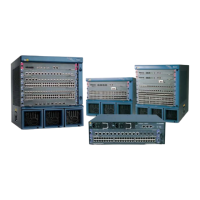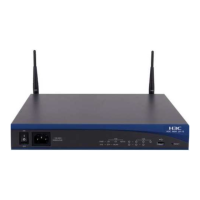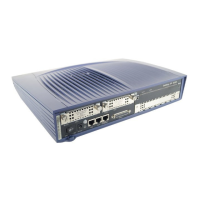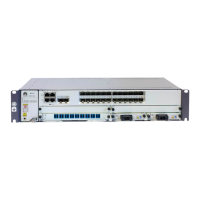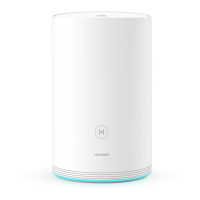When you enable or disable the ARP broadcast function on a sub-interface, the routing status
of the sub-interface becomes Down and then Up. This may result in flapping of routes on the
entire network, affecting the normal operation of services.
----End
5.11.3 Configuring a QinQ Sub-interface
Context
Do as follows on the PE.
Procedure
Step 1 Run:
system-view
The system view is displayed.
Step 2 Run:
interface interface-type interface-number.subinterface-number
The view of the PE sub-interface connected to the CE is displayed.
Step 3 Run:
ip binding vpn-instance vpn-instance-name
The sub-interface is bound to the VPN instance.
Step 4 Run:
ip address ip-address { mask | mask-length }
The IP address of the sub-interface is configured.
Step 5 Run:
control-vid vid qinq-termination rt-protocol
The VLAN ID and encapsulation mode of the sub-interface are configured.
Step 6 Run:
qinq termination pe-vid pe-vid ce-vid ce-vid
The VLAN whose packets can pass through the QinQ sub-interface is configured.
When a sub-interface is connected to an L3VPN, you cannot specify multiple VLANs in the
command.
Step 7 Run:
arp broadcast enable
The ARP broadcast function is enabled on the sub-interface.
When you enable or disable the ARP broadcast function on a sub-interface, the routing status
of the sub-interface becomes Down and then Up. This may result in flapping of routes on the
entire network, affecting the normal operation of services.
----End
Quidway S7700 Smart Routing Switch
Configuration Guide - Ethernet 5 QinQ Configuration
Issue 01 (2011-07-15) Huawei Proprietary and Confidential
Copyright © Huawei Technologies Co., Ltd.
214
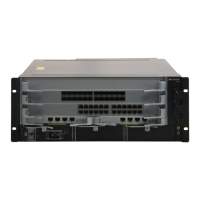
